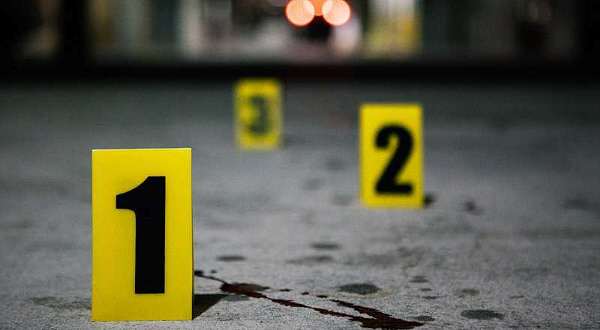

CRPC: Carry Laws Don't Increase Gun
Theft, Decrease Police Effectiveness

By NRA-ILA. July 8, 2024
Article Source
Gun-control groups campaign against right-to-carry laws by claiming that guns carried in public pose a substantial threat to public safety, and that concealed carry permitting laws lead to more violent crime, not less. Giffords, for instance, alleges that "the dangers of permissive public carry laws" include an increase in gun thefts and "other undesirable outcomes," with absolutely no counterbalancing public safety benefits.
Professor Carl Moody and Dr. John Lott of the Crime Prevention Research Center (CPRC) have just released an updated paper, How Does Concealed Carrying of Weapons Affect Violent Crime? (May 31, 2024). These researchers examined information related to claims that carry concealed weapons (CCW) laws indirectly increase violent crime by driving up firearm thefts or by decreasing police effectiveness. Using a unique new data set that employs the number of permit holders as the variable of interest, the authors found no evidence that CCW laws are associated with significant increases in gun thefts or impact the effectiveness of police.
On gun thefts generally, an existing government source on how criminals obtain their firearms suggests that only a small amount of crime guns are acquired by theft. A Bureau of Justice Statistics report, Source and Use of Firearms Involved in Crimes: Survey of Prison Inmates, 2016 (Jan. 2019) shows that only 6.4% of state and federal prisoners who had possessed a firearm during the offense for which they were serving time listed "theft" (burglaries, thefts from retail sources or a family/friend, or "other") as their gun source.
Previous literature from the CPRC indicates that CCW permit-holders are unlikely to be violent criminals – in fact, as a class they tend towards the extreme opposite end of the law-abiding spectrum. In jurisdictions where information on crimes and permits is available, it shows that permit-holders are less likely to drive recklessly or under the influence than non-permittees, and permit-holders are "convicted of firearms-related violations at one-twelfth the rate of police officers."
Professor Moody and Dr. Lott analyzed the theft question (whether CCW permit holders are a significant source of stolen guns beyond the amount expected due to the existing burglary rate) using variables that included the number of CCW permits (and a dummy variable for constitutional carry laws), the number of stolen guns, and the burglary rate as a control. "Stolen guns," they conclude, "are apparently independent of CCW permits or permitless carrying." The evidence revealed that neither the number of CCW permits nor the effect of constitutional carry laws had a significant impact on the rate at which guns are stolen. Constitutional carry states do not have significantly higher gun theft rates but, because most of the constitutional carry laws are relatively recent (since 2015), "it may be too early to draw any conclusions" on their impact.
The second issue examined was whether CCW permit-holders were associated with declines in police effectiveness, measured as the clearance rate of violent crimes. Variables included the clearance (arrest) rates and the number of crimes recorded for several given violent crimes types. Here, too, the analysis showed that "police effectiveness is unrelated to either the number of CCW permits and or existence of constitutional carry laws."
These results confirm what many in the Second Amendment community know already – that despite all the spurious rationalizations advanced against lawful carrying, CCW permittees and others carrying responsibly are not the ones who threaten public safety or produce more crime.
![]()
























